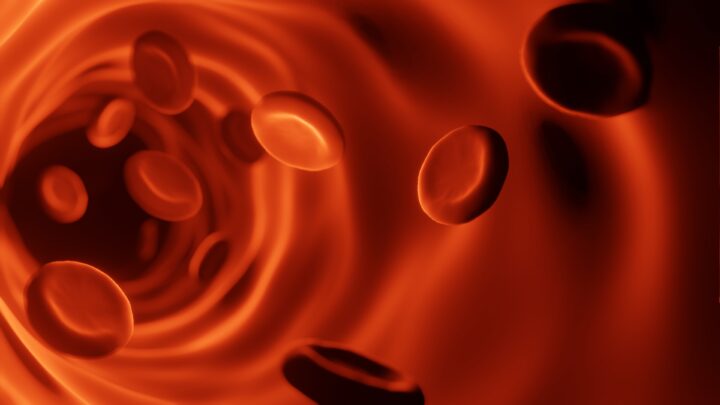Move in/on Liquids
Water is not only the most abundant liquid on earth, but it’s vital to life–so it’s no surprise that the majority of life has evolved to thrive on and under its surface. Moving efficiently in and on this dense and dynamic substance presents unique challenges and opportunities for living systems. As a result, they have evolved countless solutions to optimize drag, utilize surface tension, fine tune buoyancy, and take advantage of various types of currents and fluid dynamics. For example, sharks can slide through water by reducing drag due to their streamlined shape and specially shaped features on their skin.
Attach Temporarily
Living systems must sometimes, temporarily, stay in one place, climb or otherwise move around, or hold things together. This entails attaching temporarily with the ability to release, which minimizes energy and material use. Some living systems repeatedly attach, detach, and reattach for an extended time, such as over their lifetimes. Despite being temporary, these attachments must withstand physical and other forces until they have achieved their purpose. Therefore, living systems have adapted attachment mechanisms optimized for the amount of time or number of times they must be used. An example is the gecko, which climbs walls by attaching its toes for less than a second. Other examples include insects that attach their eggs to a leaf until they hatch, and insects whose wings temporarily attach during flight but separate after landing.





